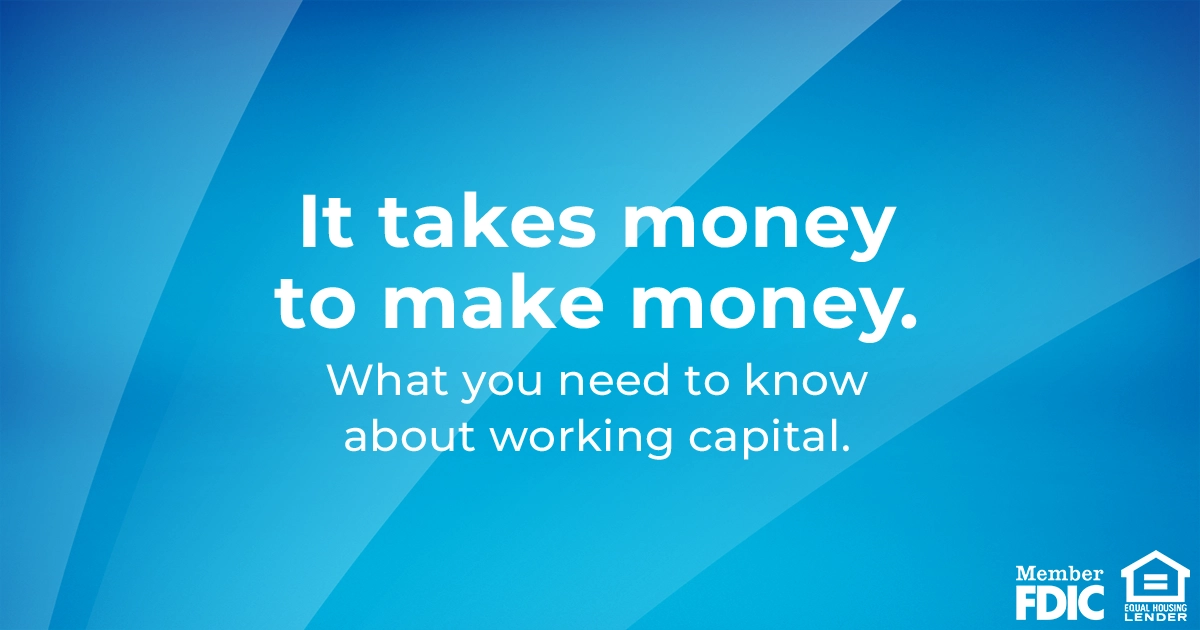
Cash Flow is King
We’ve all heard the mantra that cash is king. But when it comes to loans, if you had the cash, you wouldn’t need a loan. So, what does a bank consider “king” when making a decision on whether they should extend a loan or not?
They usually rely on something called the “5 C’s” as the foundation for their underwriting approach. A quick search on Google can show you a list of these along with some helpful tips on how to address each section, but here is the list with a quick description of what each address:
Character: What does your history say about your ability and willingness to pay bills. Most commonly, banks will use credit scores to determine character but there are several other factors that can be included here
Capital: How much is the borrower putting into the deal. Usually this is addressed with a down payment or a specific loan to value.
Collateral: Banks are not structured to be used car lots or realtors. But a vehicle or a house provides the bank a secondary source for repayment if the borrower can’t make payments. The hope is that if the borrower can’t make payments, the collateral can be sold to cover the loan balance.
Condition: This all the parameters around a deal including payment frequency, interest rate, amortization schedule, and covenants. Essentially the framework of how the bank is willing to make the loan.
Capacity: Does the borrower have the capacity to pay the loan back? Is there enough earnings coming in the future that the bank feels reasonably assured all payments will be made on time.
As my primary focus in the bank is credit risk, capacity is probably the most important of these 5 (although I would say that something being flagged as extremely negative in any of the 5 is enough to make me not want to do a deal). A loan has to be paid back, otherwise it would be a donation. So what does a bank consider in regards to capacity? Some of the main elements are:
- Reliability of cash flows. Is there a positive trend that shows the ability to pay this loan historically, especially through different economic cycles. Generally, the bank will only look at the last two or three years. This doesn’t always capture a full economic cycle, but the industry and nature of the cash flow can give us an expectation of how changes in the economy can impact cash flow. If it is an area that slows down during an economic downturn, we are going to want to see that cash flows could take a slowdown and still make payments.
- Variety of cash flows. Are cash flows dependent on one source or are there several streams of cash flow available to pay debt. If a business is heavily dependent on one customer for cash flow, the bank may be concerned about the circumstances that could lead to that customer leaving or not being able to pay the business.
- Expectations of cash flows. Quite often, a commercial loan is sought to either start or expand a business. Not only do we consider the historical reliability of cash flows, but also to what we expect cash flow to be during the actual repayment of the loan. This can be presented in many ways, but most often we see pro forma financials or a return-on-investment analysis. From a bank perspective, we will want to know the assumptions used in the analysis, the basis for those assumptions (Is this the 97th time the company has added this expansion or the 1st time?), and what happens if those assumptions are a little off.
- If these three points are reasonably addressed, then most likely the deal can move forward (again, making sure that the other 4 areas don’t have anything overly negative that would raise a red flag.) New deals are exciting, even for the banker, because we get to see the growth our community is experiencing before it even happens. And if you have cash flow addressed in your request, you have a good start to holding the keys to your kingdom.


